
Artist Jac Maris (1900-1996) was commissioned by Titus Brandsma to create the stations for the Stations of the Cross park at the Bonifatius Chapel.
In 2004, sculptor Natasja Bennink (1974) created a man-sized sculpture in memory of Titus Brandsma in the park at the Bonifatius Chapel in Dokkum.
The Artist:
Natasja Bennink
Date: 2005
Place: Dokkum
The Artist:
Jac Maris
Date: 1941
Place: Dokkum

Sculptress Natasja Bennink created this man-sized statue in 2004 in memory of Titus Brandsma in the park near the Bonifatius Chapel in Dokkum. It is a counterpart to the martyr statue of St. Boniface at the same chapel. Bennink’s design is a bronze sculpture with recognizable features of Titus Brandsma. No reproduction of existing statues, known from many photographs, was chosen. It is a new creation, figurative, independent of existing Brandsma iconography and classic statues of saints. Titus stands not on a pedestal but barefoot on the ground. He is not depicted as a priest or professor, but as a suffering and contemplative human being. Not as a prisoner in Dachau, nor with the familiar glasses. It shows the one man in the concreteness of his earthly existence.
From the physical features of Father Titus, the artist makes a choice. This creates not a naturalistic but a spiritual portrait. The monk’s habit is marked only on the area of the legs, recalling the Carmelite mystic. The squinted eyes, arms and hands extended downward, the nakedness of the upper body: these are traits that refer to Christ himself as Man of Sorrows. This goes to the heart of Catholic iconology. The image of a “saint” allows the viewer to experience something of Christ, the one God. True images of saints are never reproductions of living persons. They show spiritual qualities. The statue was commissioned by the Diocese of GroningenLeeuwarden on the occasion of the 1250th anniversary of Boniface. (source: Sible Blaauw from: speak! May 2019)

Human beings are at the center of Natasja Bennink’s monumental bronze sculptures. She carefully studies the anatomy and proportions of her model and transfers them to clay. Once the basis is right, expression takes over; typical of her style are the free, raw touch and the deliberate reduction of forms. This creates images that deliberately transcend figuration. The human body functions as the carrier of an underlying concept, in which connection is often the common thread. Man connected to his time, woman connected to her body, lovers connected to each other in a kiss or residents connected to their community. They are layered images in which the universal becomes tangible while the individual remains visible.
Translated with DeepL.com (free version)
Natasja Bennink (b. 1974) was educated at Academie Minerva in Groningen and the Academy of Fine Arts in Athens. She lives and works in the former town hall of Ezinge, in Groningen. Bennink’s work is included in various museum collections, including those of the Drents Museum, Museum het Depot, National Sculpture Park De Havixhorst and Museum de Buitenplaats. Her sculptures can also be found in numerous places in public spaces. For the state hall of the province of Drenthe she made the stationary portrait ‘Onze Koning’, in Appingedam she immortalized five generations of kissing lovers, all residents of the city. The ‘Venus of Kloosterveen’ adorns Assen and in Dokkum stands the monument to the beatified priest Titus Brandsma.
Natasja is aware of her pioneering role as an artist. That is why she sometimes chooses themes that are a bit abrasive. She forces the viewer to look with different eyes. A recurring theme in her work is the “female gaze,” the woman seen through the eyes of a woman. Thus her Venus images are tough, self-conscious, proud, honest, sensual or vulnerable, but never ‘just’ beautiful. This can be experienced by some as recognizable and encouraging, by others as confrontational or provocative.
A kissing portrait of Bennink’s own grandparents has been placed in the UMCG hospital and as part of the cultural capital Leeuwarden-Fryslân 2018, she created the “Gallery of Frisians,” six portraits in bronze of six Frisians chosen by the Frisian Mienskip. Bennink exhibits regularly at home and abroad and has been associated with Galerie Van Campen & Rochtus in Antwerp since 2000. She teaches at the Wackers Academy in Amsterdam. (source: www.natasjabennink.nl/)

In 1925 the Brotherhood of Saint Boniface and Companions was founded in Dokkum, which wanted to make a pilgrimage site of Dokkum, the place where Boniface was murdered. Titus Brandsma was one of the members of the main board.
In 1926, the first national pilgrimage took place. In 1933, according to a design by architect Hendrik Willem Valk, a chapel was built and consecrated the following year.
Shortly thereafter, in 1935, Titus Brandsma began collecting old monastery bricks intended to build the chapels for the Stations of the Cross planned next to the large chapel.
In 1937, on behalf of the Brotherhood, he turned to Jac Maris to ask if he could make a Stations of the Cross for it. Maris was very happy with the invitation and immediately wrote a letter of confirmation. (source: Dr. Leo Ewals, KDC 2016)

Maris heeft er een bijzondere suggestieve kruisweg van gemaakt, veel expressiever dan de Carmel-Madonna en Jozef die hij eerder voor Brandsma had gemaakt. Kennelijk heeft Brandsma hem ongehinderd zijn inspiratie laten volgen, zoals Maris in zijn eerste brief aan de karmeliet had gevraagd. Hij zette de composities op met overwegend halffiguren, zodat gezichtsuitdrukking en gebaar heel belangrijk worden en het gebeuren dichtbij de toeschouwer plaatsvindt. Van de bijfiguren zien we soms zelfs niet meer dan de handen.
Hij maakte de staties in klei, sneed die in delen, bakte en glazuurde ze en zette ze tot slot weer in elkaar De voorstellingen werden geplaatst in uitsparingen in de opgemetselde kapelletjes. Die uitsparingen waren rechthoekig, met op een aantal staties verlengingen aan de onderzijde.
(Bron: Dr. Leo Ewals, Katholiek Documentatie Centrum, 2016)
Vanuit de christelijke traditie kennen we het fenomeen van lijdensmeditaties, bedoeld om stil te staan bij het lijden van Christus. Een specifieke vorm daarvan zijn kruiswegmeditaties: teksten ter overweging bij de verschillende staties van de kruisweg. Waar kunstenaars het lijden met afbeeldingen naar voren brachten, deden redenaars dit met woorden. Van Titus Brandsma kennen we twee kruiswegmeditaties, een schreef hij in 1942 voor het bedevaartspark in Dokkum.
Zelf heeft Titus de kruisweg niet meer kunnen zien. Hij overleed 26 juli 1942 in Dachau, zes maanden nadat hij gevangen was genomen. In de eerste periode van zijn gevangenschap, tijdens zijn verblijf in de strafgevangenis van Scheveningen, schreef Titus speciaal voor de Bonifatiusbedevaartplaats in Dokkum de kruiswegmeditaties.
(Bron: Anne-Marie Bos, Friesch Dagblad, 30 maart 2019)

Jac Maris is geboren op 21 februari 1900 te Maagdenburg (DE). Hij is de kleinzoon van Jacob Maris, de bekende landschapschilder van de Haagse School. Op veertienjarige leeftijd gaat hij in Kleef, waar hij toen woonde, in de leer bij de beeldhouwer Achiilis Moortgat. Jac Marris is na 1915 enkele jaren in dienst van Rud. Bless (Kunsthandel Sier uw Huis, Nijmegen) en ontwerpt er eveneens plastieken die aanvankelijk elders in Nijmegen worden gebakken., maar daarna in de oven van Bless. In 1917 verhuist de familie Maris naar Nijmegen.
Jac is dan inmiddels begonnen aan een serie omzwervingen die hem in Düsseldorf (waar hij de academie bezoekt), in België en Engeland brengt.
In de jaren dertig-veertig maakt hij vele heiligenbeelden en andere sacrale werken. Hij ontwerpt een kruisweg in majolica relief voor de kruiswegparken van Bergharen en Dokkum, de laatste in opdracht van Titus Brandsma.
Na de Tweede Wereldoorlog krijgt Maris, als oud-verzetsman, diverse opdrachten voor oorlogsmonumenten. De bekendste zijn het Airborne-monument in Oosterbeek, en in Nijmegen het monument op Plein 1944 en Jan van Hoof-gedenkteken op de Waalbrug.
(Bron: http://www.capriolus.nl/nl/
content/maris-jac)
Tussen de reizen door is hij in Nijmegen, waar hij in 1923 in het huwelijk treedt met Wilhelmina Vermeer. Drie jaar later vestigt hij zich in Heumen, waar hij het Blokhuis huurt, het huidige ateliermuseum. Hij creëert er een rijk oeuvre in hout, keramiek, kunststeen en natuursteen. Sinds 1928 manifesteert Maris zich ook buiten de regio.
Als religieus kunstenaar krijgt Maris veel contacten in het katholieke milieu.
In Nijmegen en omgeving zijn vele kunstwerken van Jac Maris te zien, niet alleen de bekende oorlogsmonumenten, maar ook beelden waar zelfs Nijmegenaren niet het bestaan van kennen. Hiernaast kunt u deze beelden bekijken. In Heumen kunt u het Ateliermuseum van Jac Maris bezoeken. Het is gevestigd in het vroegere atelier van Jac Maris. Het museum toont een collectie werken uit de periode 1915 tot 1994. Het bezit ruim honderd werken in steen, metaal en brons, circa zestig keramische werken en ruim driehonderd tekeningen. Ook beschikt het Marishuis over een beeldentuin.

Titus Brandsma (1881-1942), verzetsheld en verdediger van het vrije woord, is geboren in Friesland. Hij werd karmeliet in het klooster te Boxmeer. Na zijn priesterwijding promoveerde hij in Rome tot doctor in de filosofie. In Nederland doceerde hij in Oss aan jonge karmelieten. Hij maakte zich plaatselijk verdienstelijk voor de ontwikkeling van onderwijs en cultuur. Hij werd hoogleraar aan de Katholieke Universiteit te Nijmegen. In zijn colleges nam hij stelling tegen het nationaal socialisme.
Als geestelijk adviseur raakte hij betrokken bij de landelijke dagbladen en journalisten.
Persoonlijk reisde hij de directies af om hen te overtuigen geen nazi-propaganda te publiceren. Bij thuiskomst in Nijmegen werd hij gearresteerd. De Sicherheitsdienst besloot tot gevangenhouding van deze “gevaarlijke monnik”. Via Scheveningen, Amersfoort en Kleve kwam hij terecht in Dachau, waar medegevangenen zijn spirituele grootheid opviel. Door een dodelijke injectie kwam een eind aan zijn leven.
Na de oorlog werd hem postuum het verzetsherdenkingskruis verleend. Paus Johannes Paulus II heeft hem in 1985 zalig verklaard als heldhaftig geloofsgetuige.

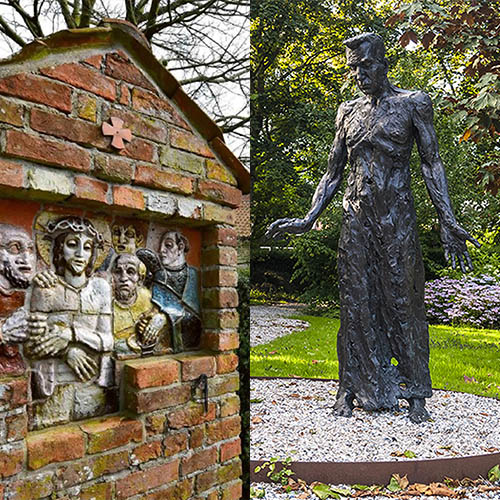



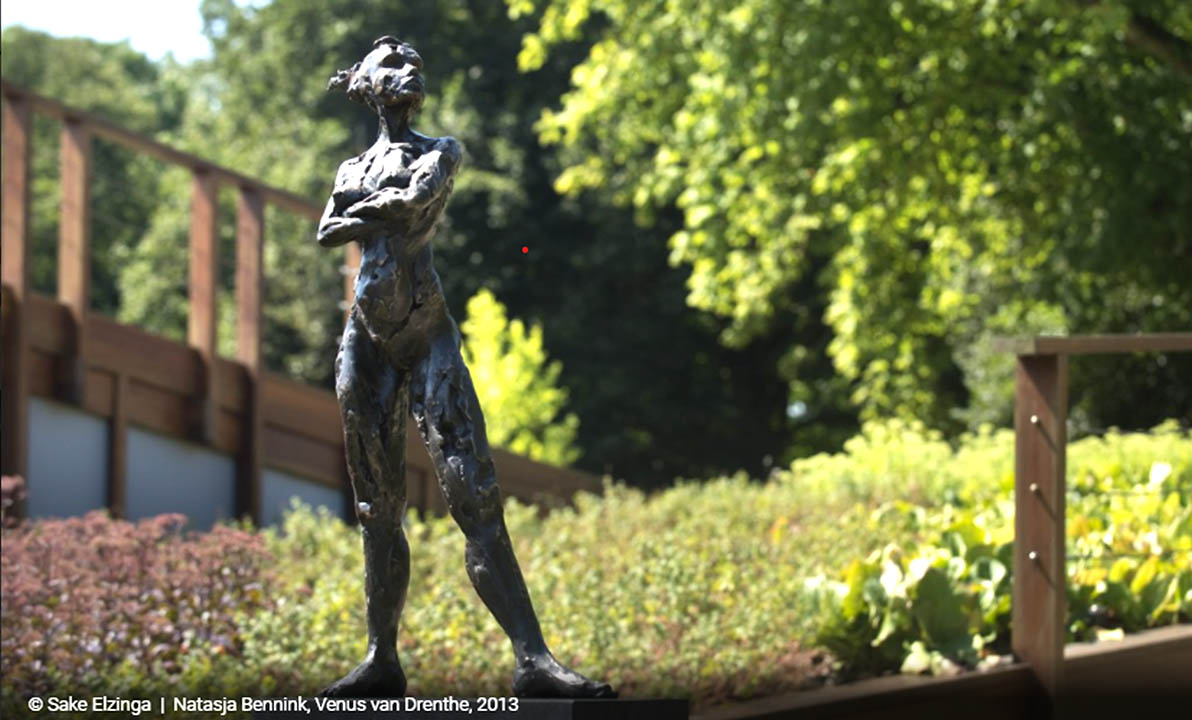
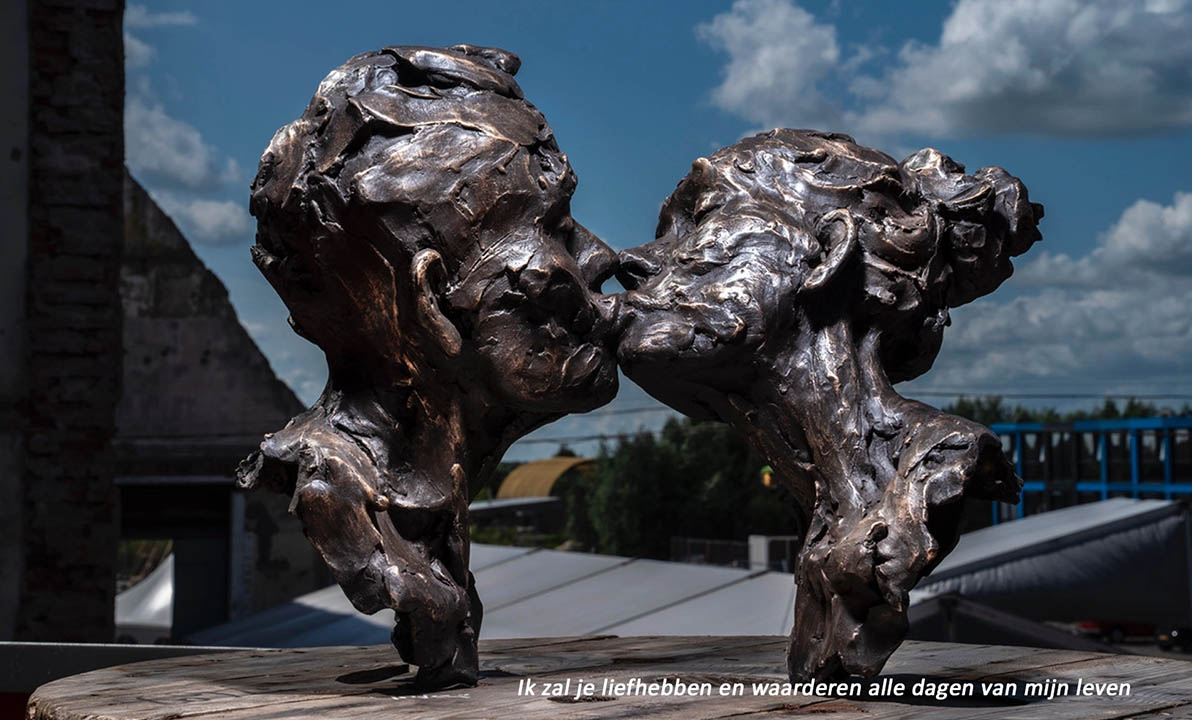
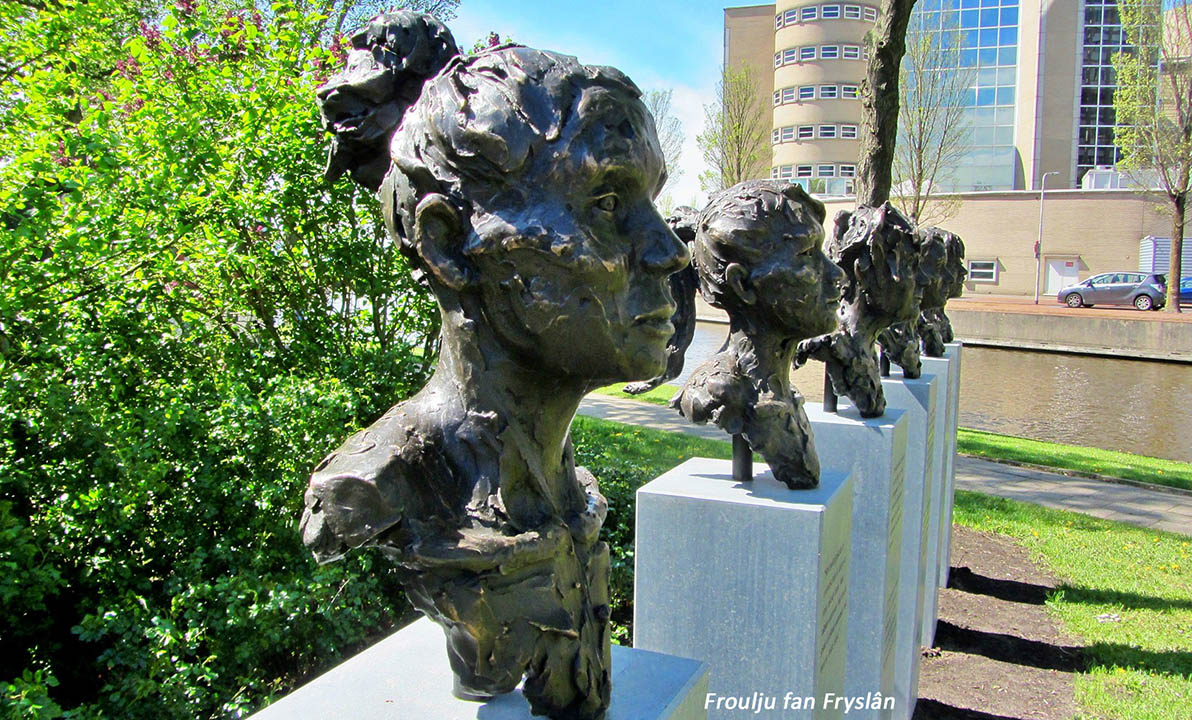
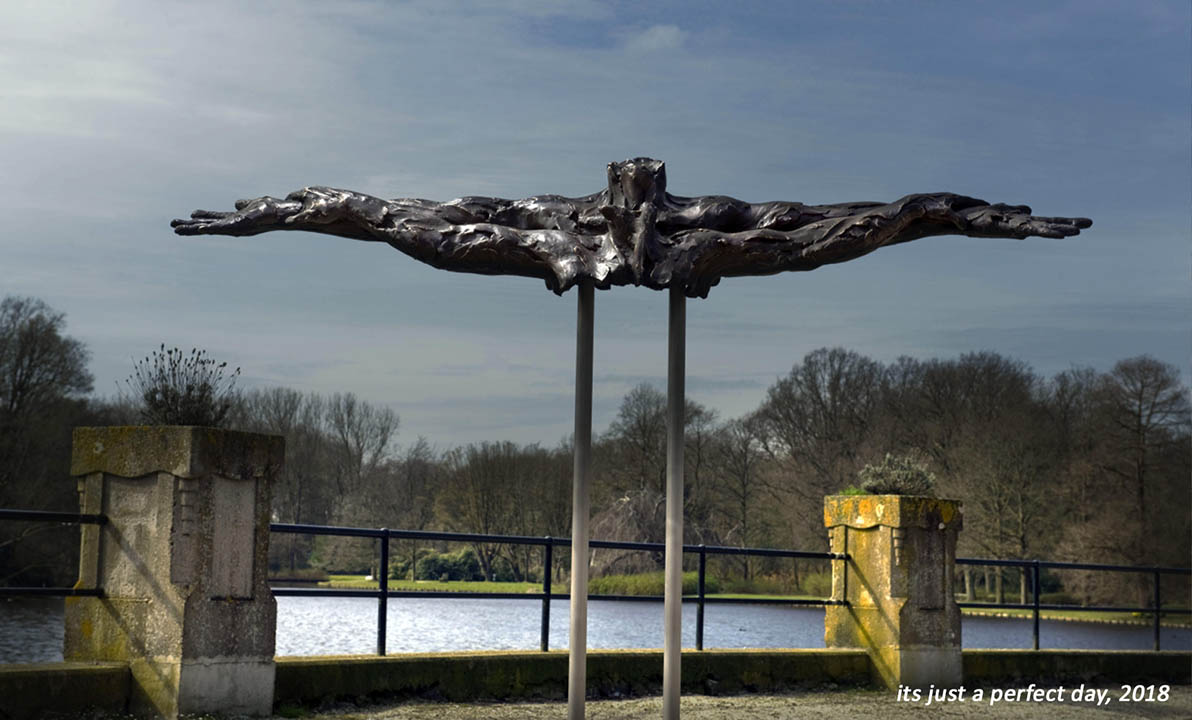
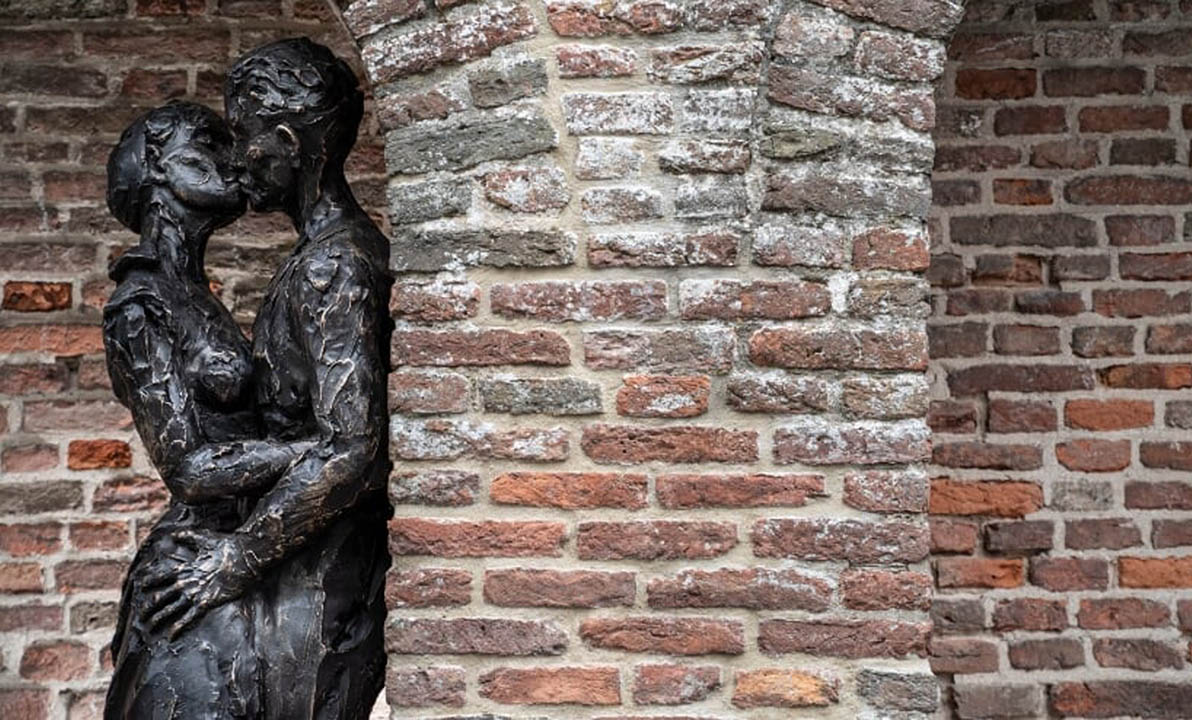
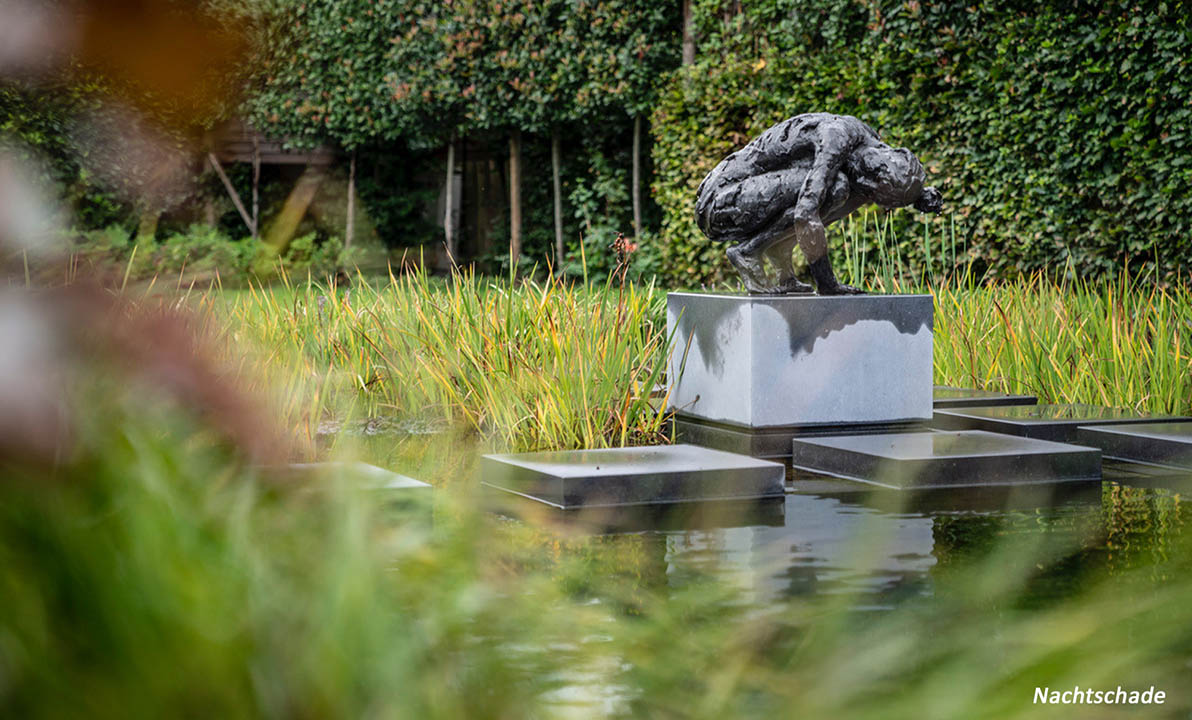
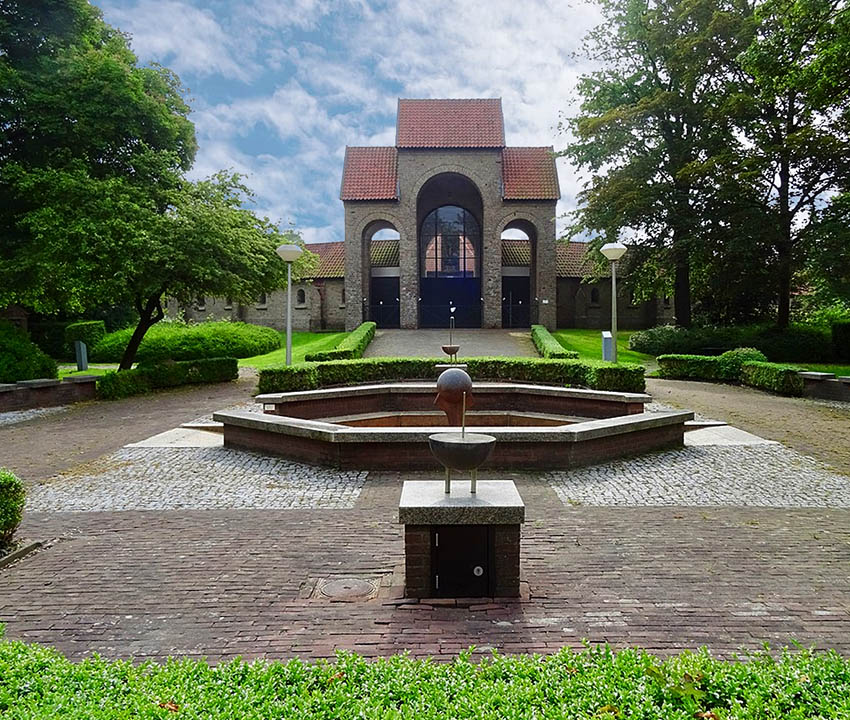
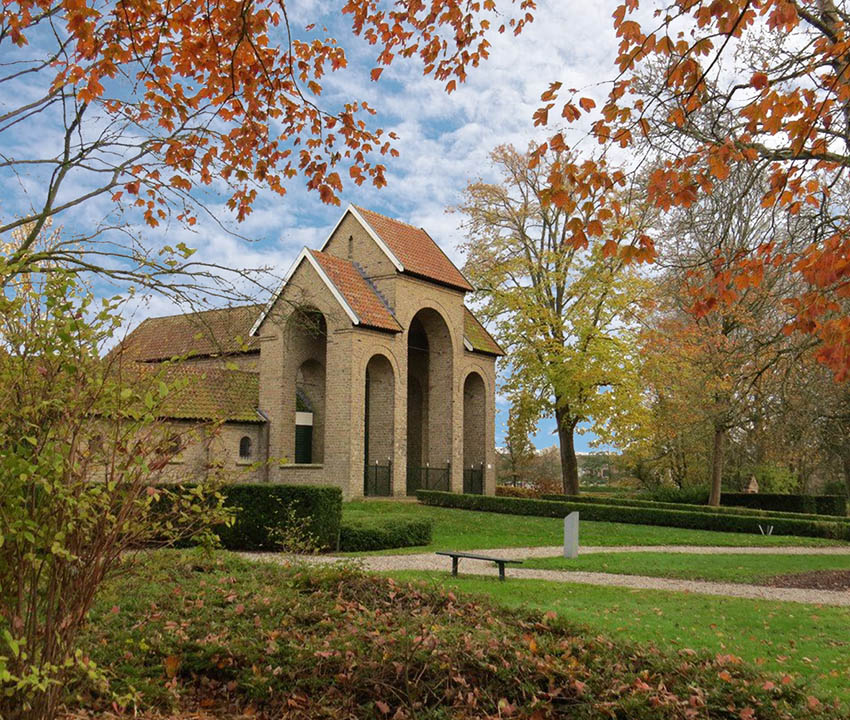
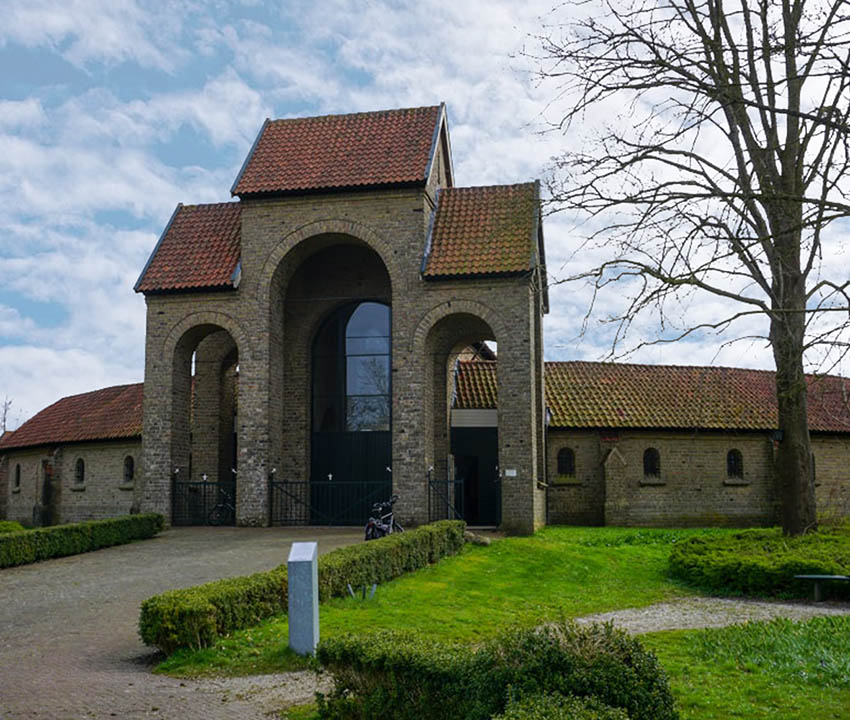
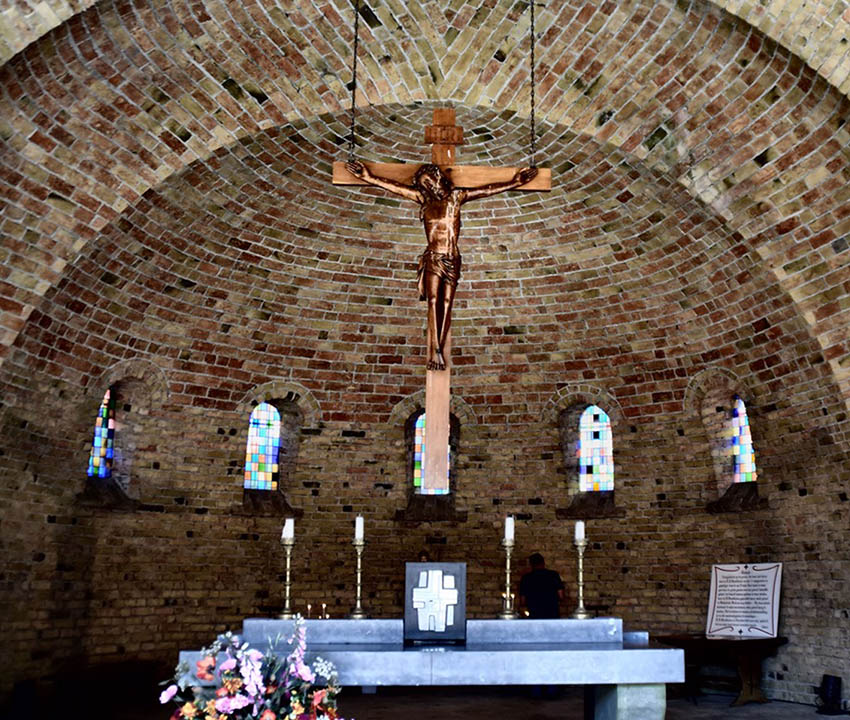
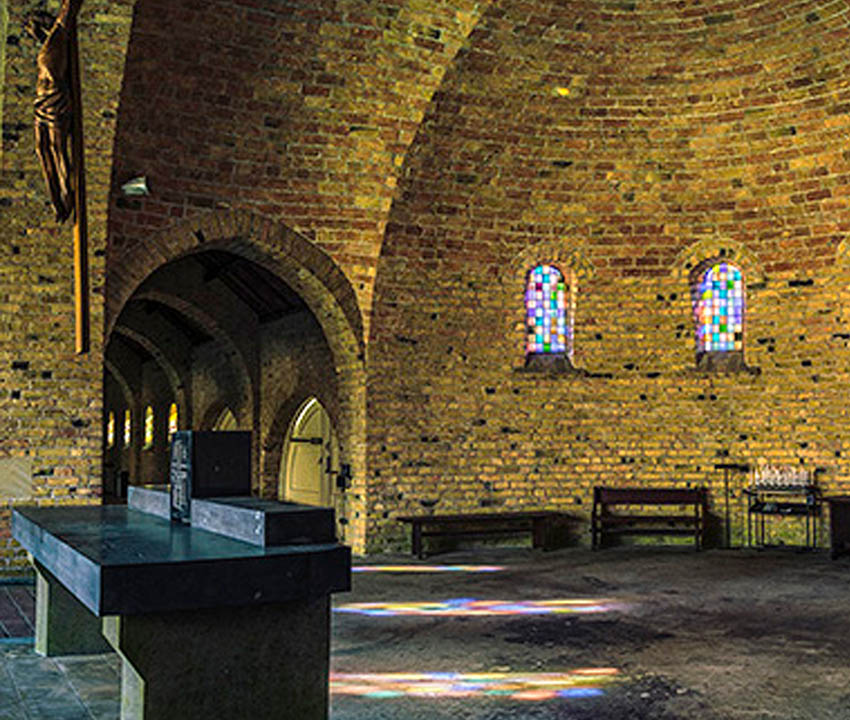
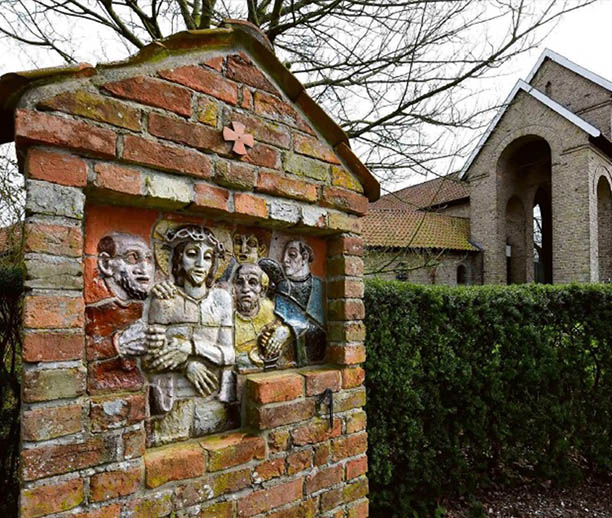
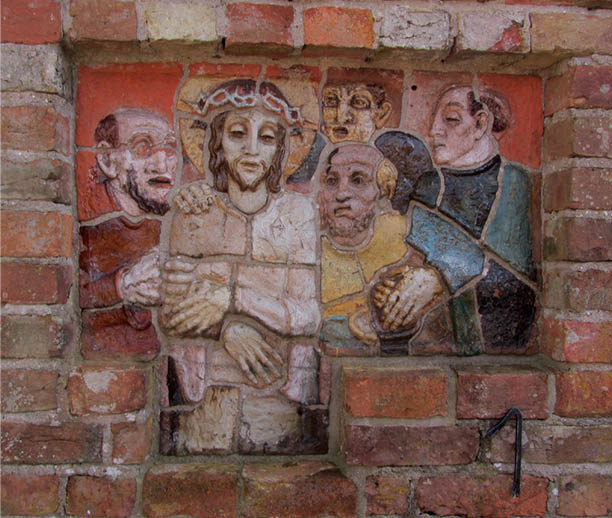
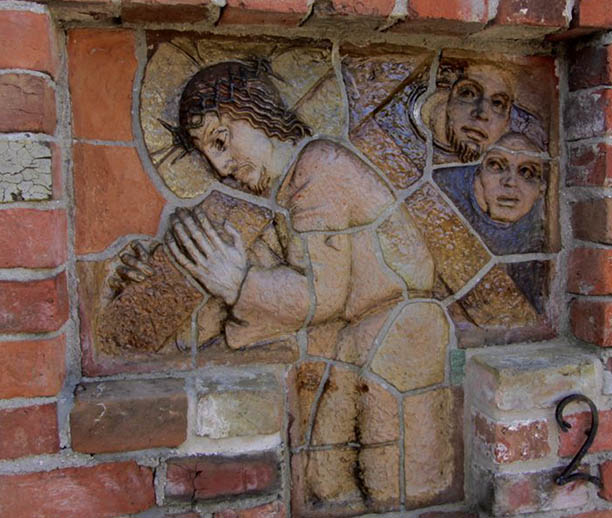
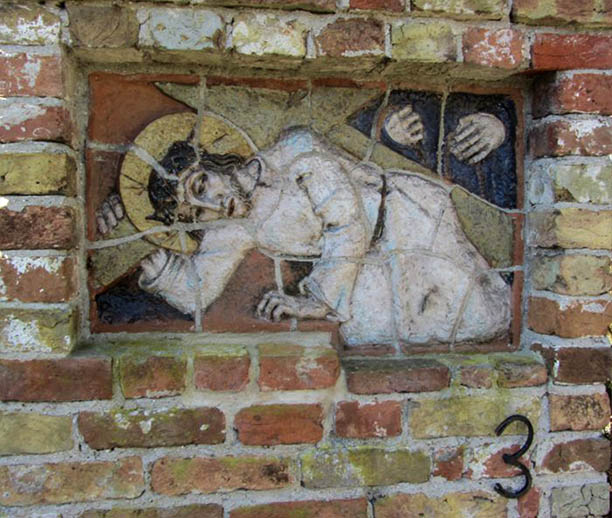
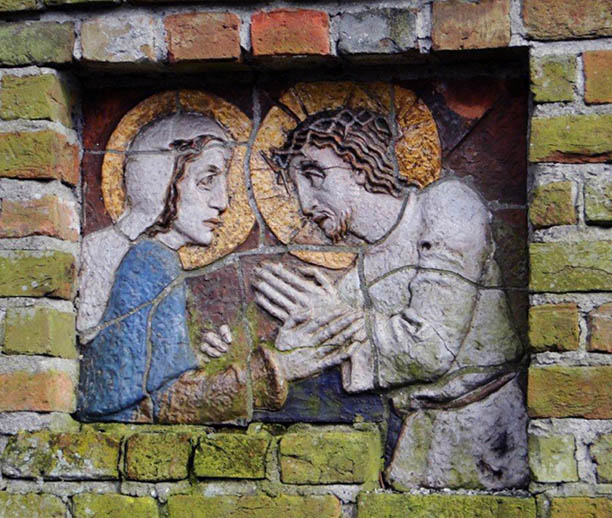
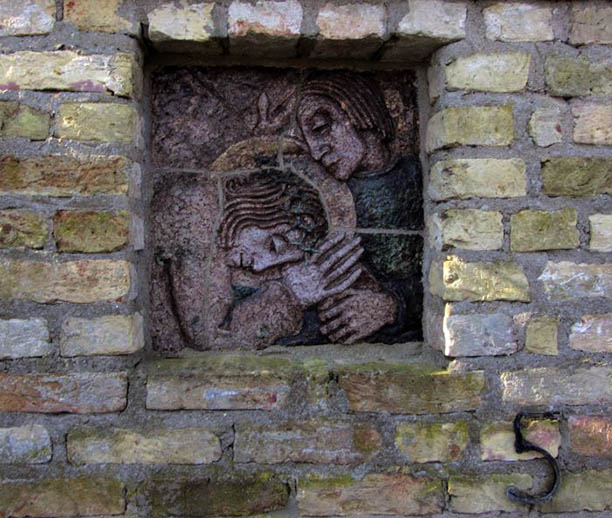
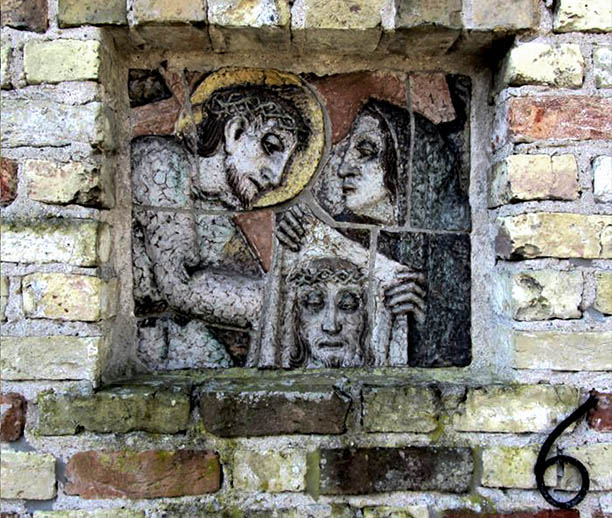
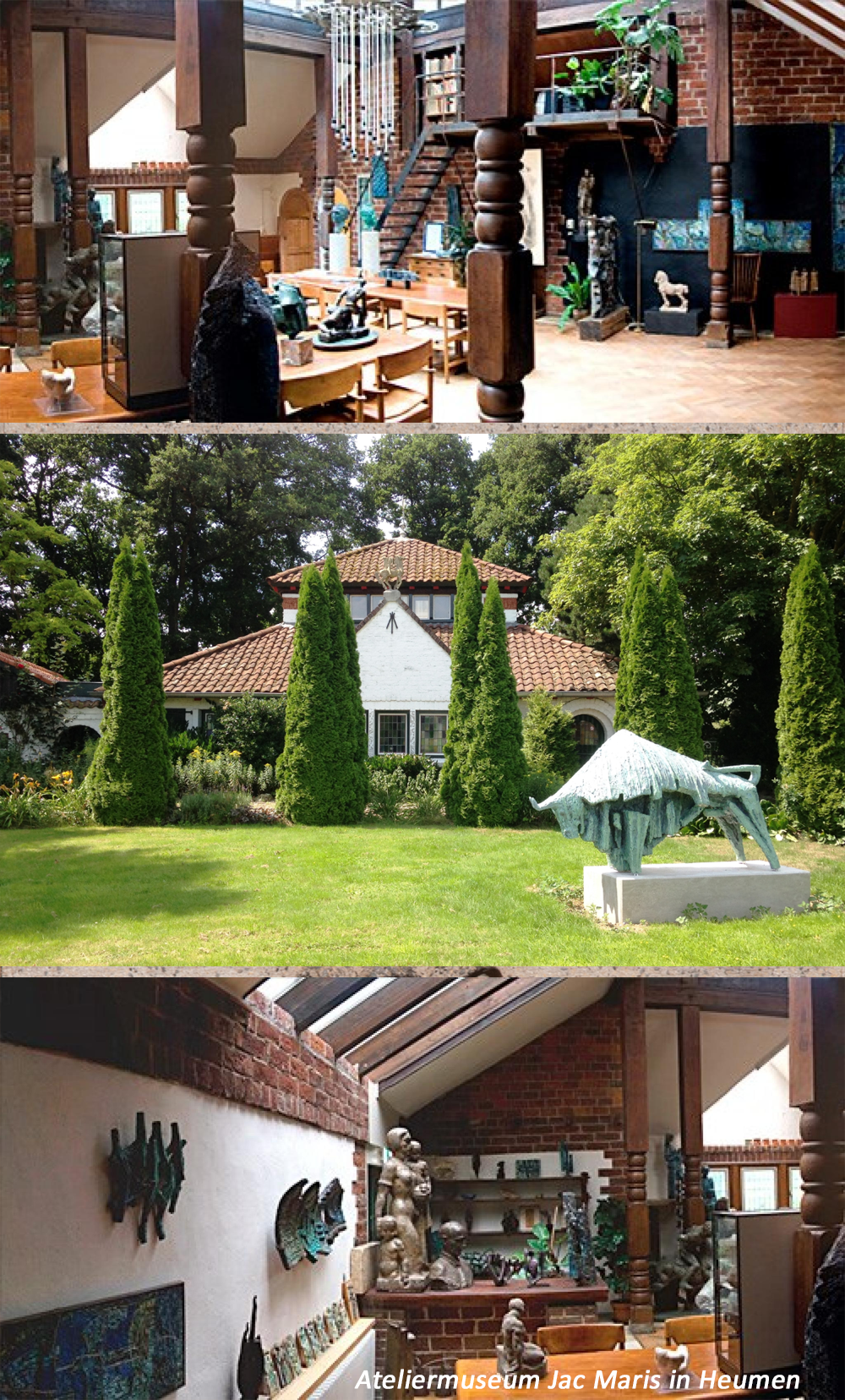


Leave A Comment